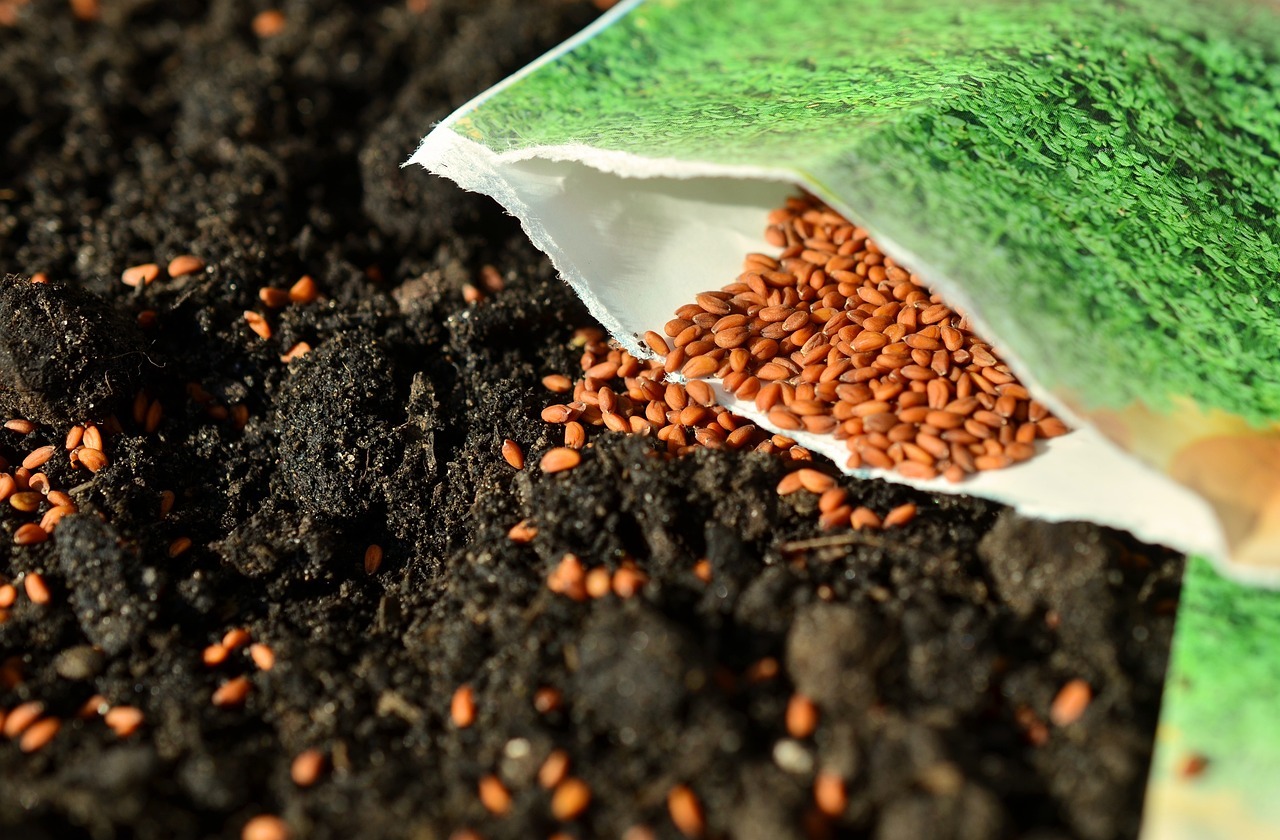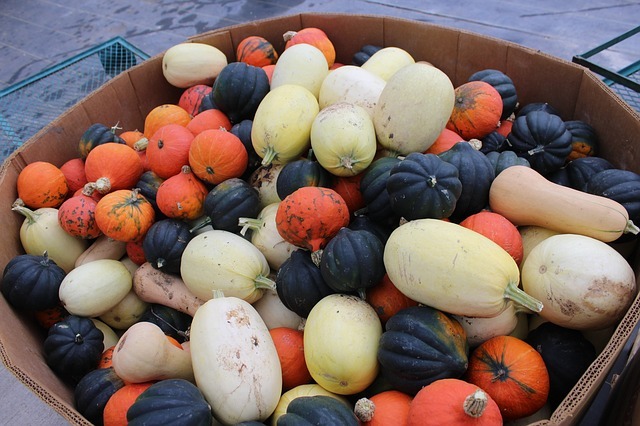How to Reduce Greenhouse Gases on Your Homestead: Simple Eco-Friendly Practices

Reducing greenhouse gas emissions is not just a global challenge—it’s something that can start right at home. Your homestead is a powerful space for transformation, where adopting eco-friendly practices not only benefits the planet but also promotes self-sufficiency and long-term cost savings. Let’s explore practical, impactful ways to make your homestead greener.
Be More Energy-Efficient at Home
Energy efficiency is one of the simplest and most impactful ways to lower your homestead’s greenhouse gas emissions. By optimizing how energy is used in your home, you’ll reduce your reliance on fossil fuels while cutting utility costs.
Upgrade to Energy-Efficient Lighting
Switch out incandescent bulbs for LED lights, which use up to 80% less energy and last much longer. Choose LEDs that fit your homestead’s needs, such as warm white lights for living areas and brighter options for workspaces. While the initial cost is higher than traditional bulbs, their durability and energy savings make them an excellent investment.
Improve Home Insulation
Insulating your attic, walls, and crawl spaces keeps your home warm in the winter and cool in the summer, reducing the need for heating and cooling systems. Use eco-friendly insulation materials like cellulose or sheep wool for an even greener choice. Add weather stripping to windows and doors to block drafts and further improve energy efficiency.
Adopt Smart Thermostats
Programmable thermostats save energy by tailoring heating and cooling schedules to your routine. Smart thermostats take this a step further by learning your habits and adjusting automatically. Many models can be controlled through smartphone apps, allowing you to optimize energy use even when you’re away.
Use Energy-Efficient Appliances
When it’s time to replace appliances, look for energy-efficient models with the ENERGY STAR label. These appliances use significantly less energy while maintaining performance.
Power Your Homestead with Renewable Energy
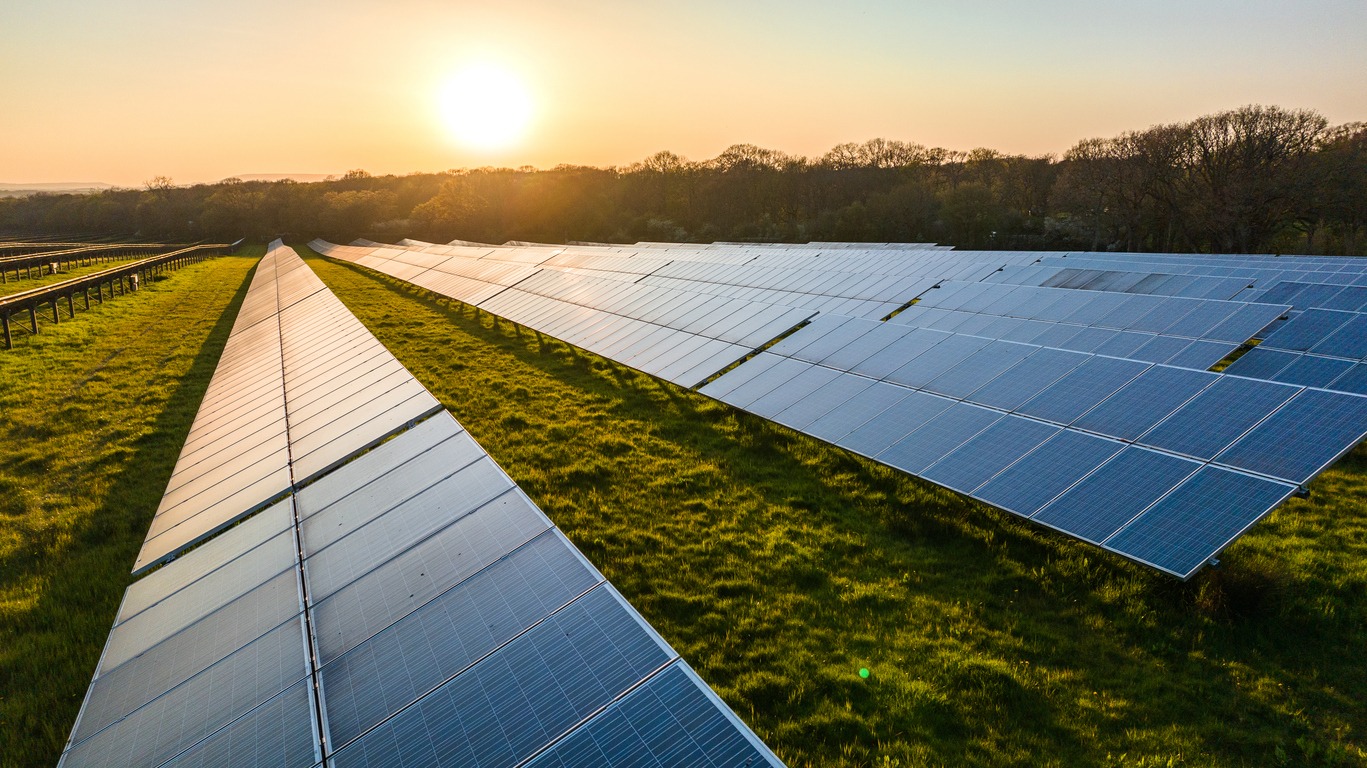
Transitioning to renewable energy sources drastically reduces your dependence on fossil fuels and lowers greenhouse gas emissions. While the upfront investment can be significant, the long-term savings and environmental benefits make it worthwhile.
Install Solar Panels
Solar photovoltaic panels capture sunlight and convert it into electricity. For optimal efficiency, position panels in areas with maximum sun exposure. Solar energy systems are scalable, so whether you’re powering your entire homestead or supplementing your current energy use, there’s an option that fits your needs.
Harness Wind Power
Small wind turbines are an excellent choice for properties in windy regions. These turbines generate electricity even when solar panels can’t, such as during cloudy days or at night.
Explore Geothermal Energy
Geothermal heat pumps use the Earth’s stable underground temperatures to heat and cool your home. Although installation costs are high, this system offers substantial energy savings and reduces your reliance on conventional heating and cooling methods.
Try Micro-Hydropower
If your property has a flowing water source, consider micro-hydropower systems. These systems generate consistent renewable energy, complementing solar and wind sources.
Utilize Biomass Energy
Biomass options, such as wood pellets or agricultural waste, can be burned for heating and cooking. Properly managed, this renewable energy source minimizes net carbon emissions.
Grow and Source Your Food Sustainably
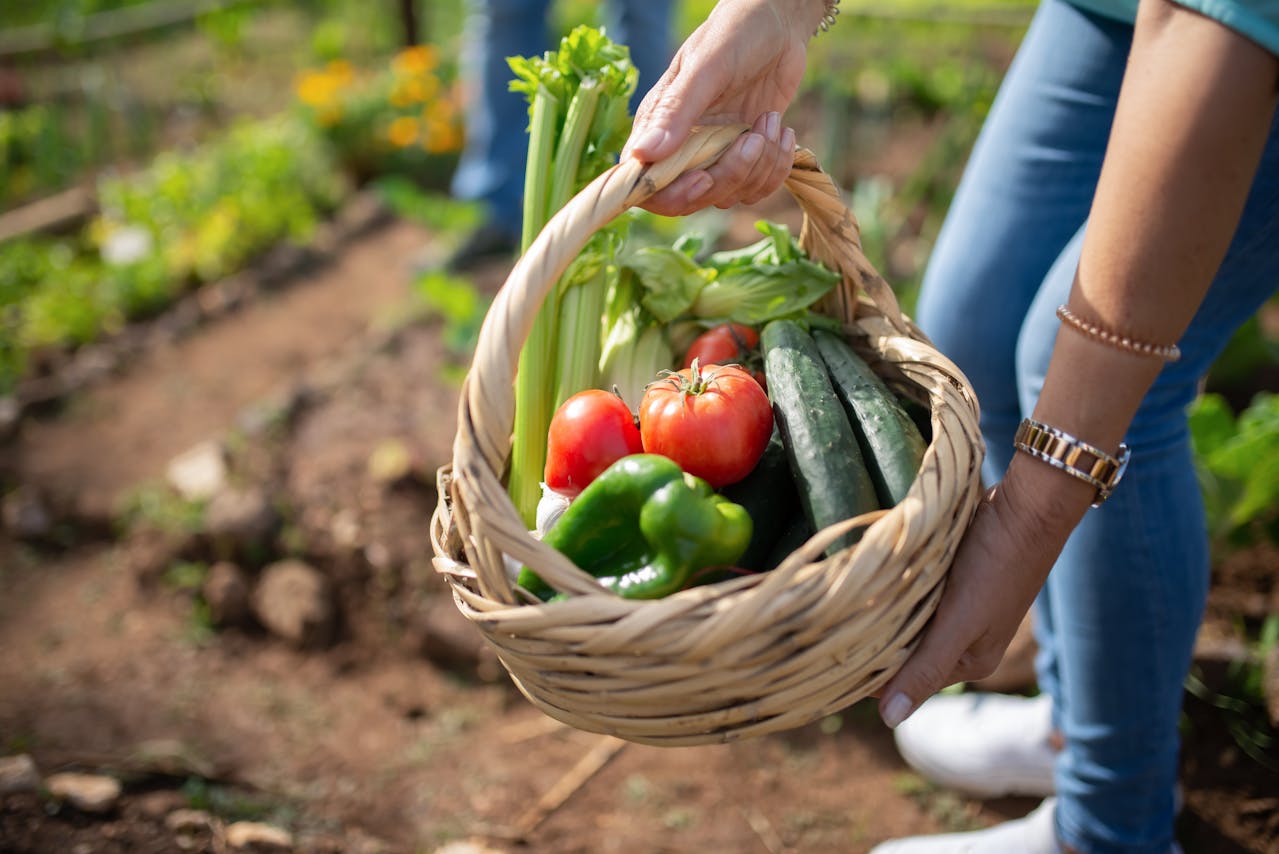
Food production is a significant contributor to greenhouse gas emissions, but homesteaders have the unique ability to minimize this impact through sustainable practices.
Start a Home Garden
Growing your own vegetables and fruits eliminates the carbon emissions associated with transporting food to stores. Incorporate crop rotation to maintain soil fertility and reduce pests naturally. Raised beds and vertical gardening systems can maximize space while making planting and harvesting more efficient.
Compost Food and Yard Waste
Instead of sending organic waste to a landfill where it generates methane, compost it. A balanced compost pile includes equal parts “greens” (food scraps, grass clippings) and “browns” (dried leaves, shredded paper). Turn the pile regularly to aerate it and speed up decomposition.
Practice Regenerative Agriculture
Regenerative methods like no-till farming, cover cropping, and integrating livestock improve soil health and sequester carbon. For example, using cover crops like clover can enhance nitrogen levels in the soil, reducing the need for synthetic fertilizers.
Adopt a Plant-Based Diet
Reducing meat consumption, even a few days a week, significantly lowers your carbon footprint. If you raise animals, opt for sustainable livestock practices, such as rotational grazing, which minimizes methane emissions and maintains healthy pastures.
Minimize Waste and Compost Regularly
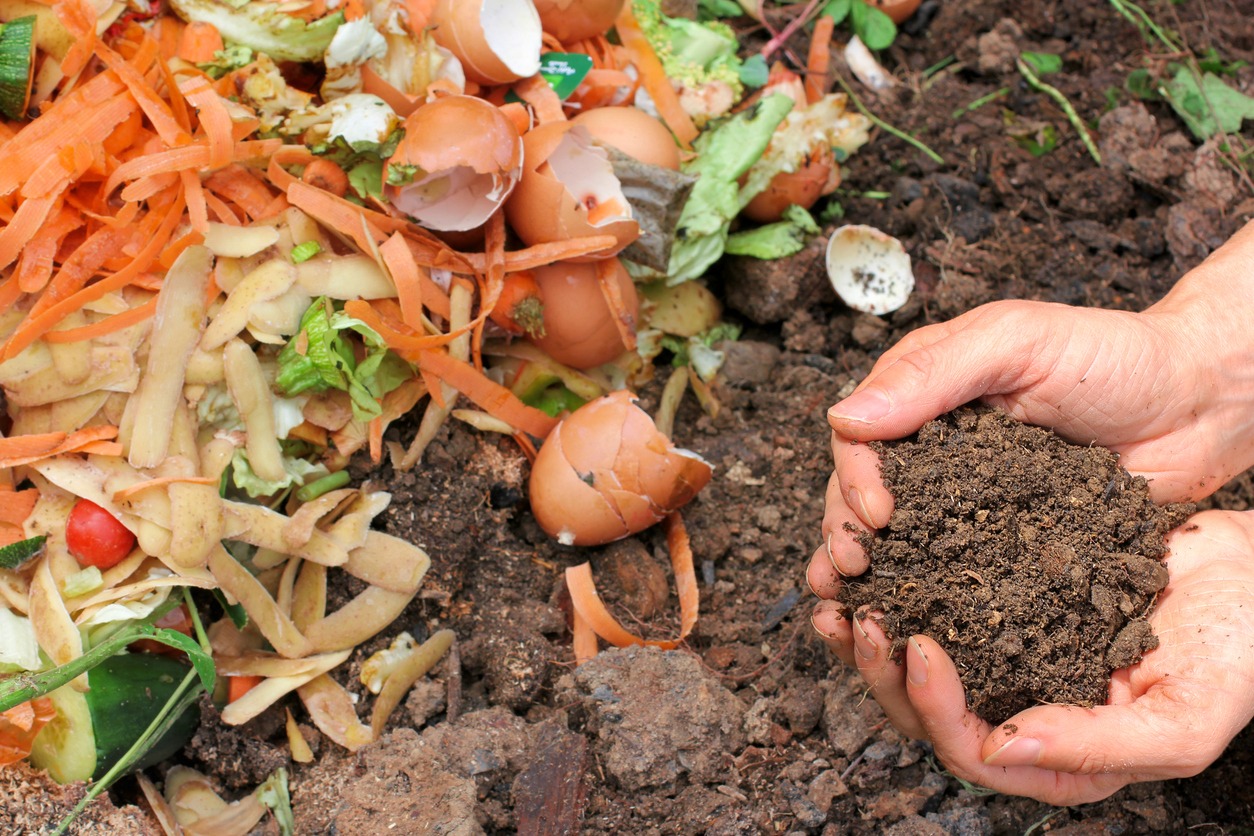
Reducing waste is a cornerstone of sustainable living, and homesteads offer unique opportunities to implement effective waste reduction strategies. With mindful practices, you can ensure that materials are reused, repurposed, or recycled, minimizing their environmental impact.
Reduce Single-Use Plastics
Single-use plastics contribute significantly to environmental degradation. Replace disposable products like plastic bags, cutlery, and food wraps with reusable alternatives. For instance, use cloth bags for shopping, silicone food storage bags, and beeswax wraps instead of plastic wrap. These swaps may seem small, but they add up over time, especially for a busy homestead.
Set Up an Effective Recycling System
Recycling on your homestead requires organization. Designate bins for different recyclable materials, such as paper, glass, metals, and plastics. Research local recycling guidelines to ensure you’re correctly sorting materials—this prevents contamination and ensures that more waste is processed effectively. Additionally, look for creative ways to upcycle items; old jars can be repurposed as storage containers, and scrap wood can be used for DIY projects.
Master the Art of Composting
Composting not only reduces waste but also enriches your soil with vital nutrients. Start by choosing a composting method that suits your needs, such as a simple compost pile, a bin, or a tumbler. To ensure successful decomposition, maintain a balance between carbon-rich “browns” (dried leaves, shredded paper) and nitrogen-rich “greens” (kitchen scraps, grass clippings). Regularly turn your compost to aerate it and speed up the process. For those short on space, vermicomposting—using worms to break down organic material—is an excellent alternative. Finished compost is a powerful fertilizer for your garden, closing the loop on waste management.
Save Water with Smart Conservation Techniques
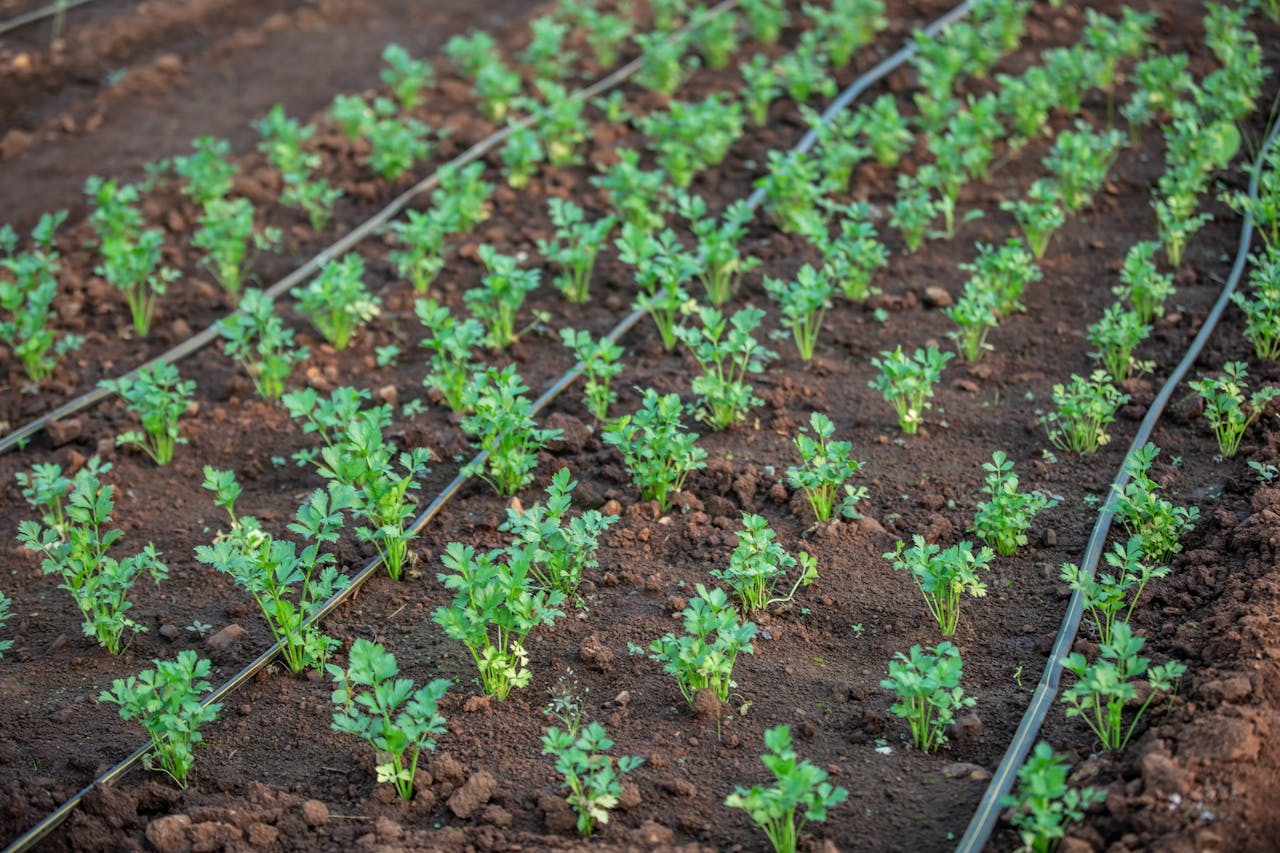
Water conservation is not just about reducing consumption but also using water more efficiently. By adopting thoughtful techniques, you can reduce your reliance on municipal water systems while ensuring your homestead thrives.
Rainwater Harvesting for Multiple Uses
Rainwater harvesting is a cost-effective way to collect and store water. Install gutters and rain barrels to capture water from your roof, then use them for irrigation, cleaning outdoor equipment, or even flushing toilets if properly filtered. For larger-scale systems, consider installing underground cisterns to store higher volumes of water for future use.
Implement Drip Irrigation Systems
Drip irrigation is a highly efficient method for watering plants. Unlike traditional sprinklers that lose water to evaporation and runoff, drip systems deliver water directly to plant roots, ensuring minimal waste. Pair drip irrigation with moisture sensors to automate watering schedules and adjust them based on soil conditions.
Recycle Greywater Safely
Greywater systems reuse water from sinks, showers, and washing machines for landscape irrigation. These systems can be simple, such as redirecting washing machine output to your garden or more advanced with filtration for broader applications. Always check local regulations and avoid using greywater on edible crops unless properly treated.
Plant Drought-Resistant Native Species
Choosing native plants for landscaping is both water-wise and eco-friendly. Native species are adapted to your region's climate and require less maintenance, including watering. Drought-tolerant varieties like lavender, sage, and succulents are excellent additions that beautify your homestead while conserving water.
Choose Eco-Friendly Transportation
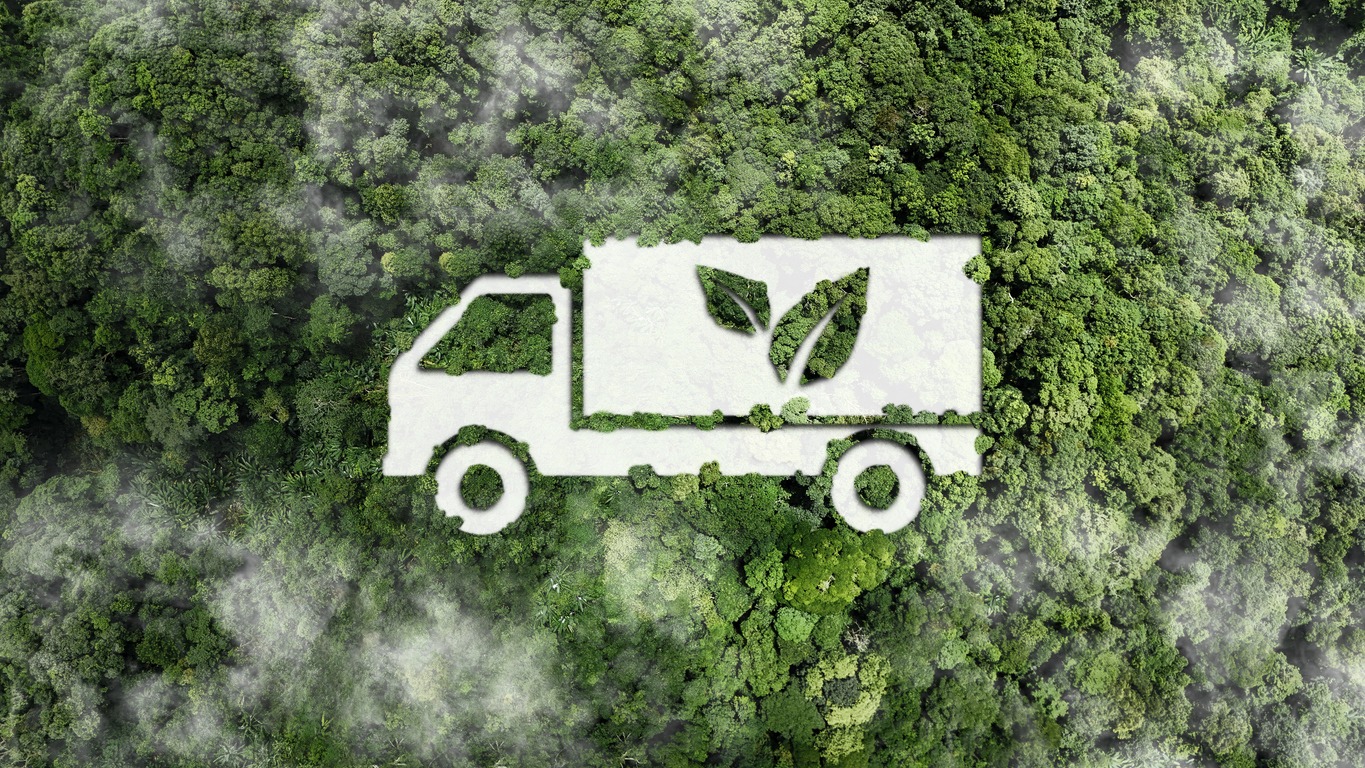
Transportation emissions are a significant contributor to greenhouse gases, but adopting greener habits can help reduce your impact while promoting a healthier lifestyle.
Walk, Bike, or Use Public Transit
For short distances, walking or biking is the best option. Not only do these modes of transport produce zero emissions, but they also contribute to better physical and mental health. If your homestead is close to urban areas, explore public transportation options to reduce reliance on private vehicles.
Consider Carpooling and Ride-Sharing
For longer trips, carpooling with neighbors or coworkers can dramatically lower individual emissions. Ride-sharing apps and local community groups often make coordinating these trips easier. Establishing a carpool schedule can also foster a sense of community among neighbors.
Invest in an Electric or Hybrid Vehicle
When upgrading your vehicle, opt for an electric (EV) or hybrid model. These vehicles emit significantly fewer greenhouse gases compared to traditional gas-powered cars. Pairing an EV with a home solar energy system makes this option even more sustainable, as it allows you to charge your vehicle using renewable energy.
Offset Your Carbon Emissions
For unavoidable travel, consider purchasing carbon offsets. These programs invest in environmental projects, such as reforestation or renewable energy initiatives, to balance out emissions. While offsets don’t eliminate emissions, they are a practical way to mitigate the environmental impact of necessary trips.
Build Sustainably with Natural and Reclaimed Materials
Homestead construction and renovation projects are excellent opportunities to embrace sustainable practices. By choosing eco-friendly materials and methods, you can reduce your carbon footprint while creating durable and beautiful structures.
Incorporate Natural Materials
Natural building materials like adobe, cob, straw bales, and bamboo are excellent for sustainable construction. Adobe and cob, made from a mix of clay, sand, and straw, are durable, energy-efficient, and easy to source. Straw bales provide excellent insulation and are a renewable resource. Bamboo is another fast-growing material that works well for fencing, furniture, and decorative elements.
Repurpose Reclaimed Materials
Reclaimed wood, bricks, and metal are treasures for sustainable construction. Use reclaimed wood to build rustic furniture, raised garden beds, or animal shelters. Old bricks can be repurposed for pathways, patios, or even walls. By giving these materials a second life, you reduce waste and the demand for new resources.
Focus on Eco-Friendly Landscaping
Incorporate plants into your building designs. For instance, a living roof (a roof covered with vegetation) not only insulates your home but also absorbs carbon dioxide and promotes biodiversity. Use natural materials like stone or untreated wood for pathways and garden borders to create a cohesive, eco-friendly aesthetic.
Restore the Land with Regenerative Agriculture
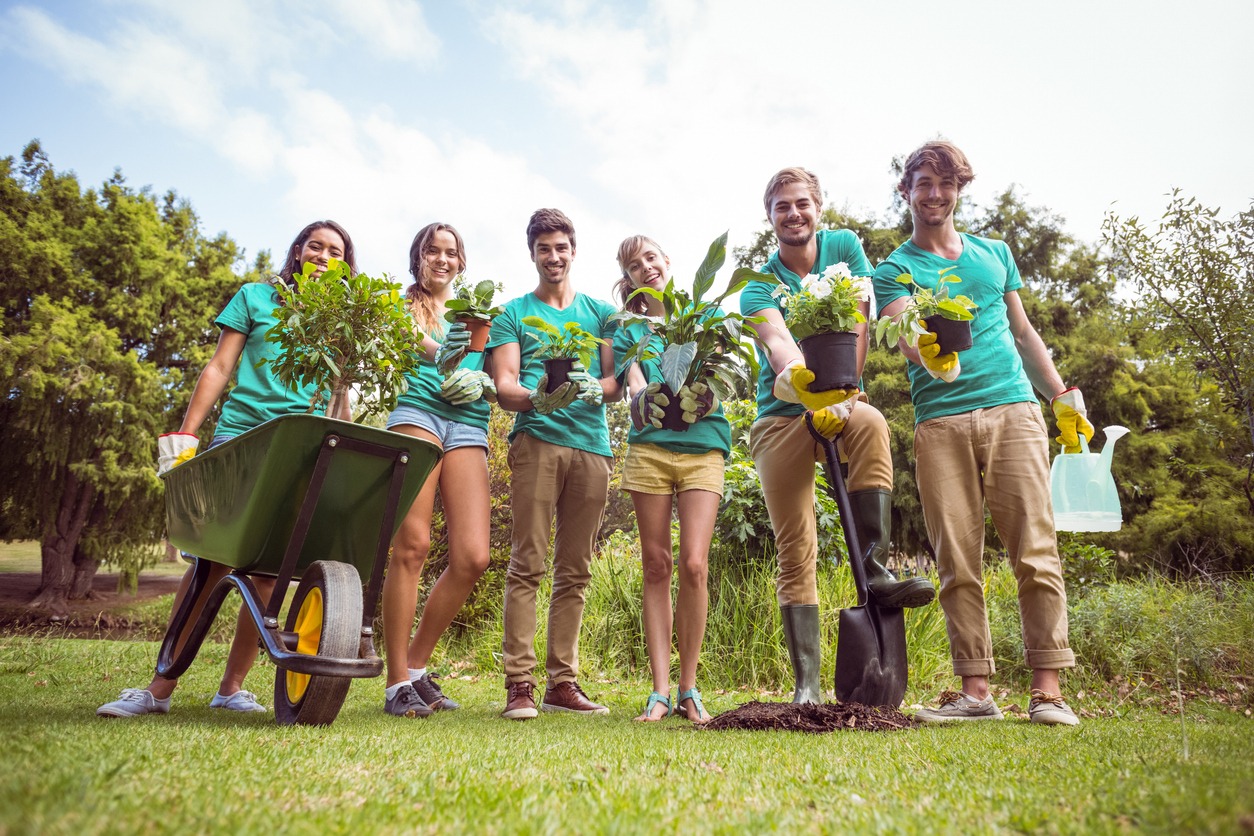
Regenerative agriculture practices focus on improving soil health, increasing biodiversity, and capturing carbon, making them a powerful tool in the fight against climate change.
Adopt No-Till Farming
No-till farming avoids disturbing the soil structure, preserving organic matter, and preventing carbon release. This practice also encourages beneficial microorganisms and improves water retention, reducing the need for irrigation.
Enhance Biodiversity with Companion Planting
Companion planting creates a symbiotic relationship between crops, boosting yields and deterring pests. For example, plant marigolds alongside vegetables to repel harmful insects or grow beans with corn to fix nitrogen in the soil. Diverse plantings also promote a healthier ecosystem, making your homestead more resilient.
Implement Rotational Grazing
For homesteads with livestock, rotational grazing mimics natural grazing patterns, allowing pastures to recover and thrive. This practice enhances soil carbon sequestration, improves grass health, and reduces methane emissions from livestock.
Use Cover Crops
Cover crops like clover, rye, or alfalfa protect soil between planting seasons. They prevent erosion, retain moisture, and add organic matter to the soil when tilled under, enhancing its carbon storage capabilities.
Tackle Challenges and Start Small
Making your homestead more eco-friendly is a journey, and starting small is key to maintaining momentum. Begin with manageable changes, like switching to LED bulbs or starting a compost pile, and build from there. Over time, these small steps will lead to significant environmental benefits.
Conclusion
Transforming your homestead into a sustainable space is a powerful way to reduce greenhouse gas emissions while enhancing your quality of life. From improving energy efficiency and adopting renewable energy to practicing regenerative agriculture and conserving water, these steps can make a significant difference. Start today, and be part of the solution for a greener, more sustainable future.


